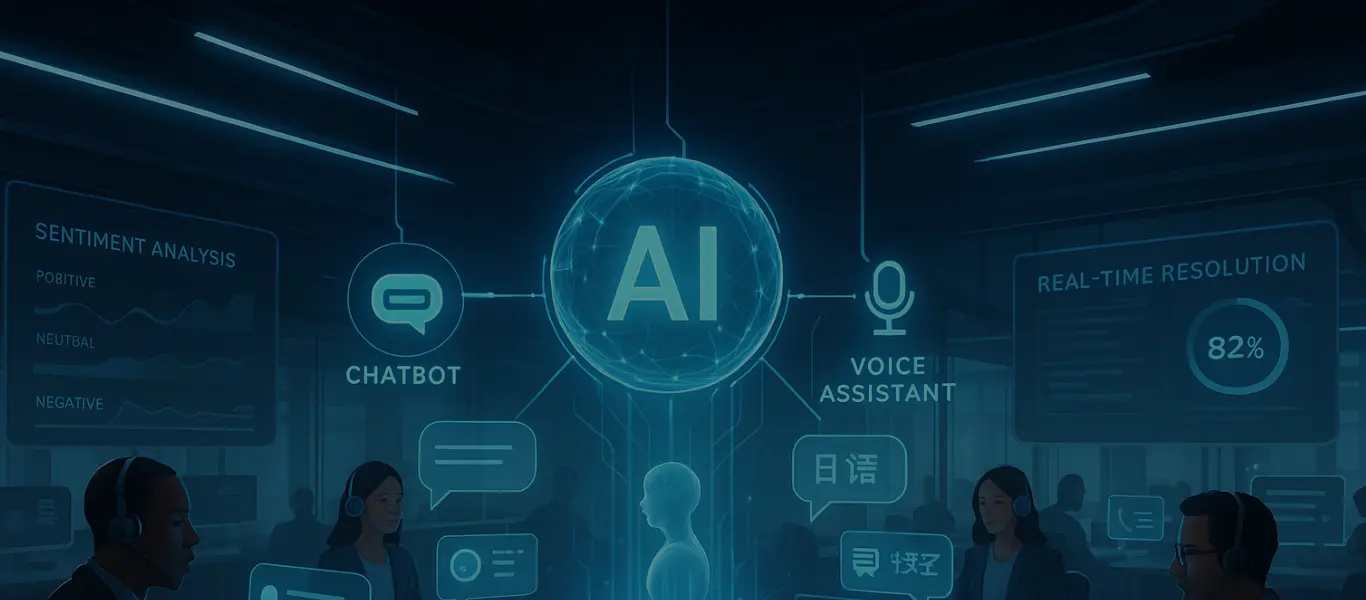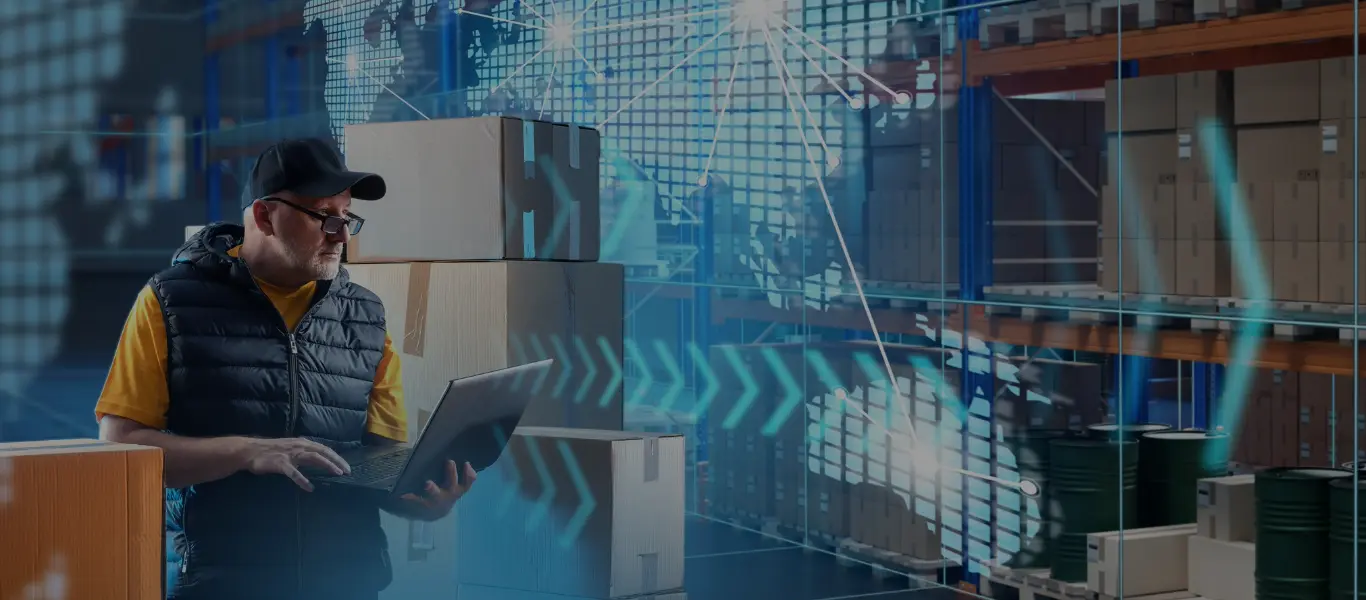This blog is Part 4 of the 4 part series based on excerpts of the webinar – Secrets to Successful SAP Commerce Cloud Migration. It covers:
- Key benefits of SAP Commerce Cloud (Part 1)
- Challenges while migrating SAP on premise to SAP commerce Cloud (Part 2)
- SkillNet approach to migration SAP commerce Cloud (Part 3)
- Q&A SAP commerce Cloud (Part 4)
This blog covers Q&A on SAP commerce Cloud.
Speakers

DoLoop Digital

SkillNet Solutions Inc

SAP Commerce Experience
Gaurav Rastogi – Moderator
Q1 – What level of monitoring is available with Dynatrace?
Pragnesh Ray – SkillNet
I have seen, mostly it is used for performance monitoring., you can track a lot of things with Dynatrace.
Pat Samson – SAP
Yeah, I’ll just add that it is the full Dynatrace application monitoring solution. So it will not only monitor the, your storefronts for example, but it can also monitor the Azure infrastructure.
You do have the ability to create your own dashboards in it as well.
Gaurav Rastogi – Moderator
Q2 – Does Spartacus support react?
Pat Samson – SAP
Yeah. You could run react components in any progressive web app framework, So Spartacus is angular JS, but if you had your own react components that you wanted to run within the smart edits CMS. and display via as part of Spartacus, you could absolutely do that.
Gaurav Rastogi – Moderator
Q3 – Thank you for that. Another question, is there a migration roadmap for legacy, legacy implementation using accelerators storefront to headless Spartacus?
Pat Samson – SAP
There is not right now from an SAP perspective, at least there isn’t one publicly available., we are looking at it. I know some of our partners have specifically built some capabilities around there.
I don’t if SkillNet has. I haven’t talked with you about it, but, I know some of our partners have taken steps towards doing that.
Pragnesh Ray – SkillNet
We can definitely look into it, meaning we don’t have it fully defined, but if you are on an existing, accelerator, and if you want to move to, Spartacus, yes we can help.
Gaurav Rastogi
Q4 – Fantastic. Finally, how is performance improvement streamlined in cases of a multi-country system?
Pat Samson
With the commerce cloud solution, you have the ability to add additional data centers to your subscription. So assuming you’re running the same code line globally, you can absolutely have different storefronts and localizations obviously or even integrations locally, but the same core commerce core code line globally, you can simply add an additional data center and additional production environment for that data center to your subscription.
You could run., essentially have local management for global, deployments. The other option is to just keep with a single, data center approach where, it’s running in the US EMEA, APJ, wherever, and leverage a content delivery network or something like that to cache your static asset. So obviously that works best in B2C scenarios, B2B scenarios where there’s a lot more requirements around asynchronous, integrations or synchronous integrations., we’d have to do some work on architecture, work with your, with your partners SkillNet.
Gaurav Rastogi
Thank you for joining us, and thank you Pat and Pragnesh for sharing your thoughts and knowledge with us today.






 Engenharia
Engenharia







